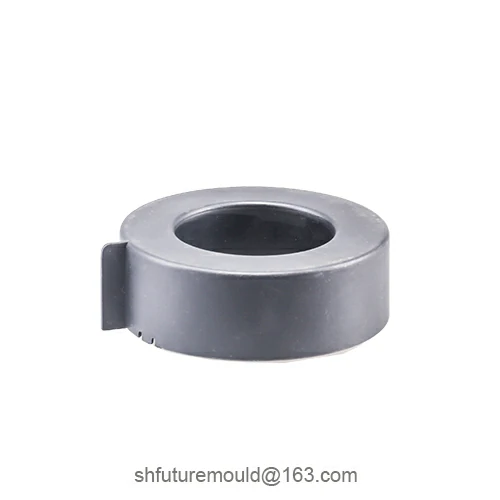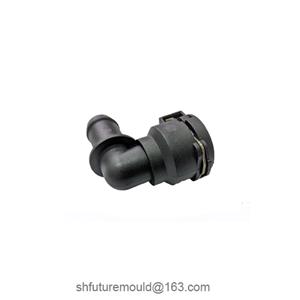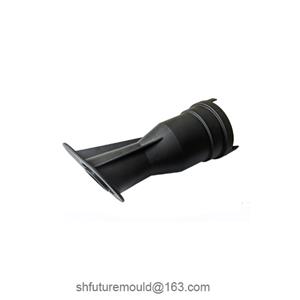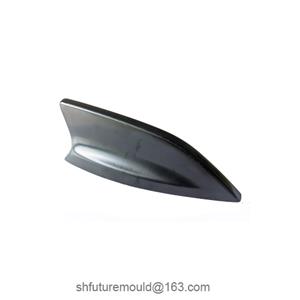Structure and Functions of Injection Molding Machine Components
The injection molding machine is one of the most critical pieces of equipment in the injection molding process. Its components work together to ensure that injection molds can efficiently and precisely manufacture products.
1. Injection System
The injection system is a core component of the injection molding machine, responsible for injecting molten plastic into the injection mold cavity through the nozzle. It primarily consists of a screw, barrel, and injection unit. The rotation and forward motion of the screw melt and transport plastic pellets into the mold. This process directly affects the filling speed, precision, and molding quality of the injection mold.
2. Clamping System
The clamping system ensures precise alignment of the injection mold halves and prevents deformation during injection. It includes clamping plates, locking cylinders, and clamping force sensors. The clamping force determines the pressure the mold can withstand during injection. Insufficient clamping force may cause mold separation, while excessive force can damage the injection mold.
3. Heating and Cooling System
The heating system maintains the temperature of the barrel and nozzle via heaters, ensuring proper plastic fluidity during injection. The cooling system regulates mold temperature through cooling channels and water lines, stabilizing the injection mold temperature to prevent warping or deformation.
4. Drive System
The drive system powers injection and clamping actions using electric motors or hydraulic systems. In hydraulic machines, hydraulic oil is pumped to actuators to control screw rotation, clamping force, and other motions critical to injection mold operation.
5. Control System
As the "brain" of the machine, the control system monitors and adjusts parameters such as temperature, pressure, and injection speed. It operates via touchscreens, buttons, and computer programs to automate the injection mold workflow.
6. Venting System
The venting system removes gases and vapors generated during injection to prevent defects like air traps. Effective venting is achieved through vent grooves and holes designed into the injection mold.
7. Safety Mechanisms
Safety features, including emergency stop buttons, overload protection, and overtemperature alarms, ensure operational safety. These mechanisms automatically shut down the machine during malfunctions, protecting the equipment and the injection mold from damage.
- Injection Mold
- Automotive Injection Mold
- Electronics & Electrical Injection Mold
- Consumer Goods Injection Mold
- Airplane Components Injection Mold
- Medical Components Injection Mold
- Irrigation Components Injection Mold
- Injection Molds




